MichaelBD
gamer level 2
600 xp
600 xp
followers
8
8
Use my invite URL to register (this will give me kudos)
https://boardgaming.com/register/?invited_by=michaelbd
profile badges
...
...
...
...
recent achievements

I Got What I Wanted
Add a game to your Owned list that was previously in your Wish list.
Add a game to your Owned list that was previously in your Wish list.

Rated 25 Games
Rate 25 games you have played.
Rate 25 games you have played.

Follower
Follow another gamer by clicking "Follow" after reading a review or viewing their profile.
Follow another gamer by clicking "Follow" after reading a review or viewing their profile.

Gave My First Grade
Grade a gamer's review or tip by clicking "Yes" or "No" in response to the question "Was this helpful?"
Grade a gamer's review or tip by clicking "Yes" or "No" in response to the question "Was this helpful?"
Player Stats
Critic (lvl 1)
265 xp
265 xp
Explorer (lvl 0)
75 xp
75 xp
Professor (lvl 0)
45 xp
45 xp
Reporter (lvl 0)
70 xp
70 xp
About Me
I've been big into the boardgaming hobby for about 3 years now. I enjoy the social aspect the game the most and I find a lot of the fun is just in the set up and break down of a game.


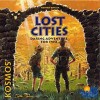
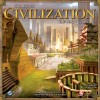









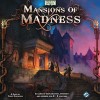






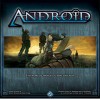







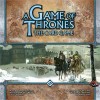



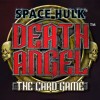








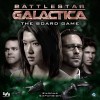






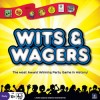

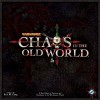
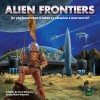
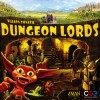
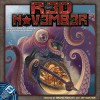


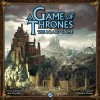



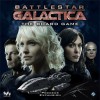


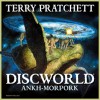

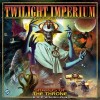



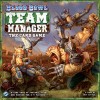



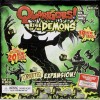



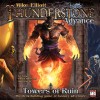
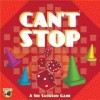







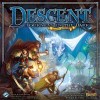
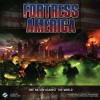

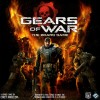
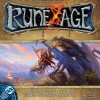


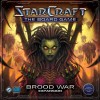










Stone Age
Stone Age has a lot going for it: great components (the board is gorgeous), simple yet deep gameplay, and a theme that fits the game well.
I’ve taught Stone Age to non-gamers and I’ve played Stone Age with gamers that have been playing games for decades–it has that much overall appeal. If you are looking for an introduction into the crowded world of worker placement games, this is a game definitely worth trying.